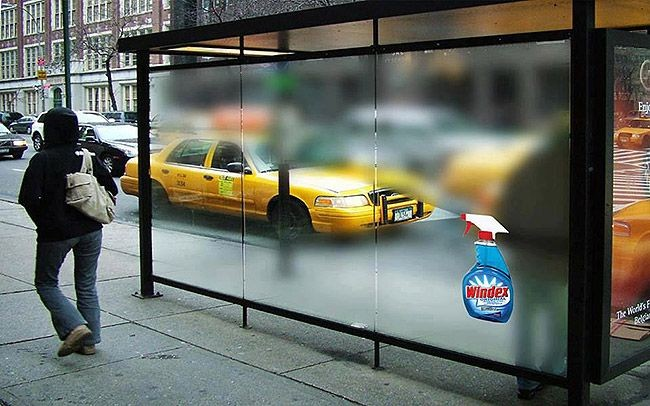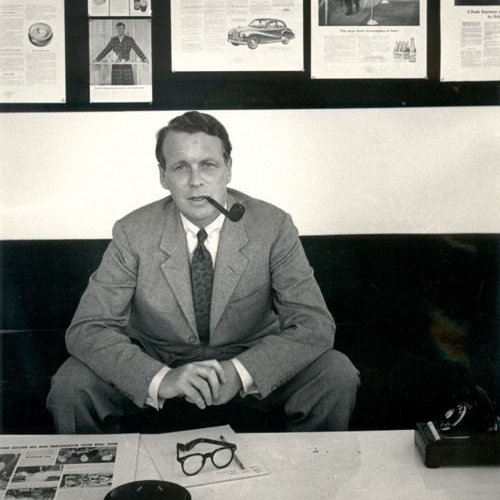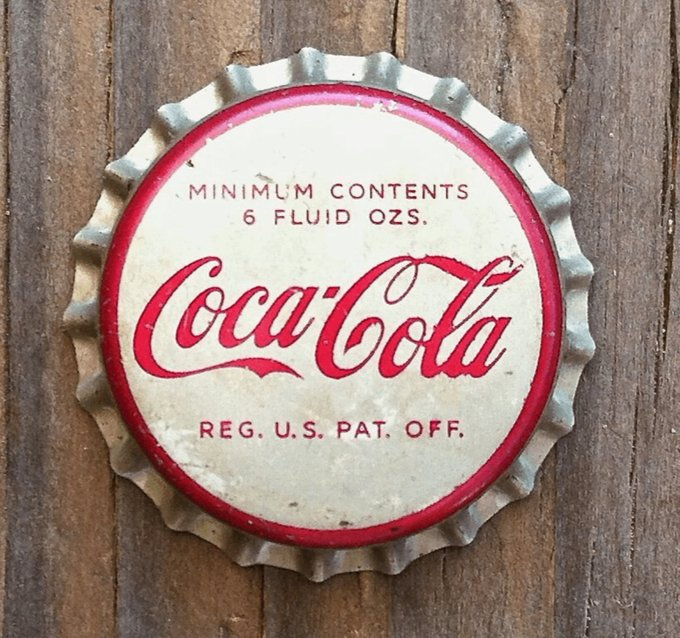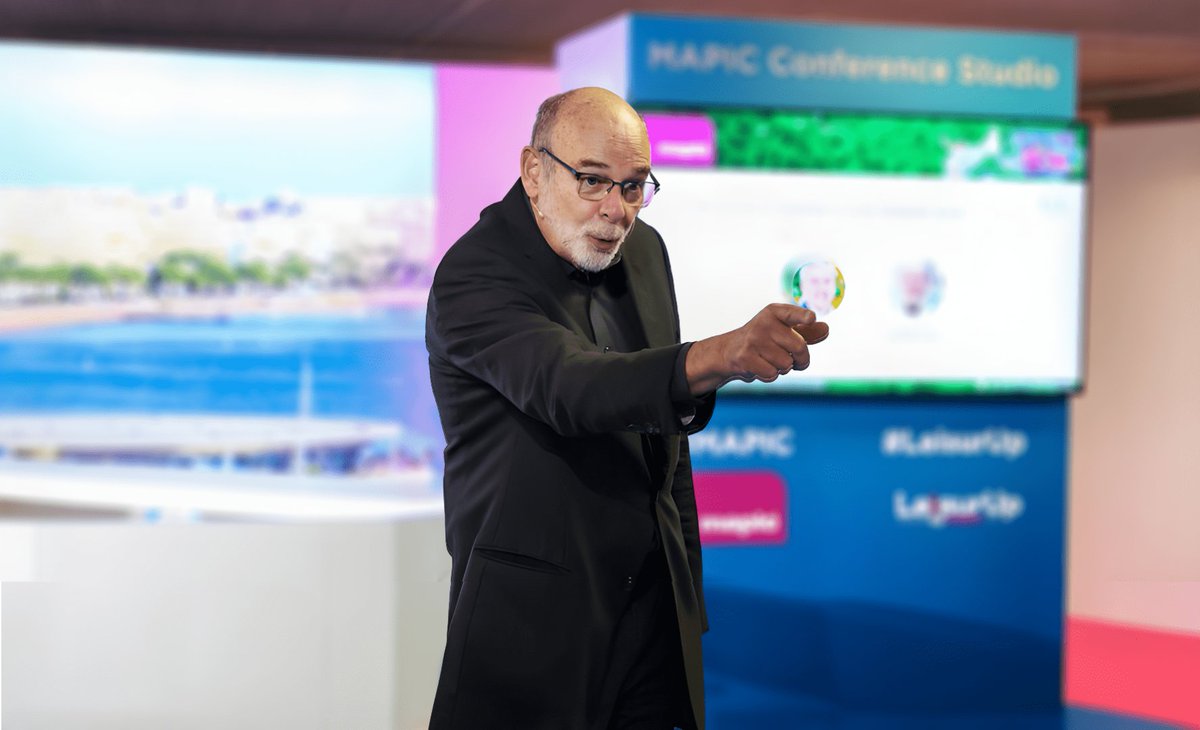Big budgets don’t win marketing wars. Guerrilla tactics do.
In 1984, Jay Conrad Levinson revealed how small brands could outsmart giants without spending millions.
Here’s the playbook that changed advertising forever:

In 1984, Jay Conrad Levinson revealed how small brands could outsmart giants without spending millions.
Here’s the playbook that changed advertising forever:
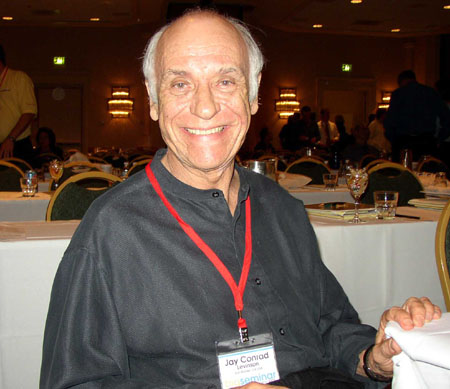
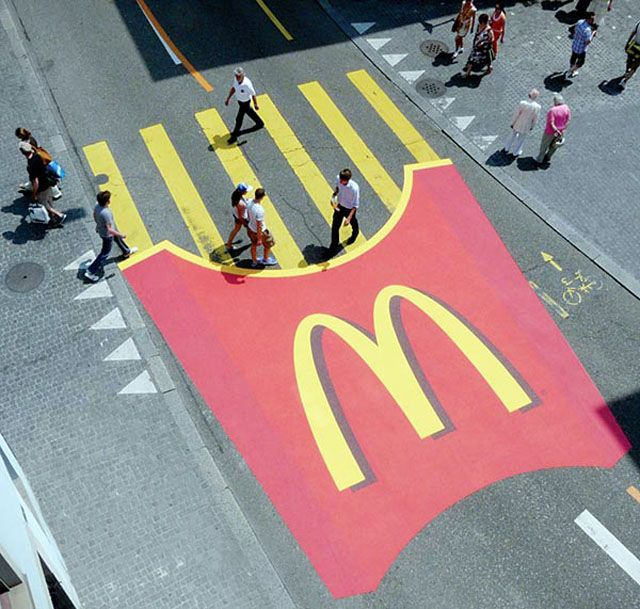
Guerrilla marketing is all about using low-cost, high-impact strategies to capture attention.
Instead of relying on big budgets, the approach emphasizes creativity, innovation, and boldness.
Instead of relying on big budgets, the approach emphasizes creativity, innovation, and boldness.
Levinson drew inspiration from guerrilla warfare, where small groups use strategy and surprise to outmaneuver larger forces.
For businesses, this meant using unexpected tactics in unconventional spaces: streets, public events, or even social media.
For businesses, this meant using unexpected tactics in unconventional spaces: streets, public events, or even social media.
Key Principles of Guerrilla Marketing:
1. Emotion Over Expense
Guerrilla marketing focuses on evoking a strong emotional reaction, whether it's laughter, shock, or curiosity.
A small brand doesn’t need millions; it needs a memorable message.
1. Emotion Over Expense
Guerrilla marketing focuses on evoking a strong emotional reaction, whether it's laughter, shock, or curiosity.
A small brand doesn’t need millions; it needs a memorable message.
2. Creativity Over Convention
Levinson believed in flipping traditional advertising on its head.
Why buy a billboard when a clever sidewalk chalk drawing can make the same impact?
Levinson believed in flipping traditional advertising on its head.
Why buy a billboard when a clever sidewalk chalk drawing can make the same impact?

3. Engagement Over Exposure
Successful guerrilla campaigns encourage interaction.
They blur the lines between marketing and entertainment, making consumers an active part of the story.
Successful guerrilla campaigns encourage interaction.
They blur the lines between marketing and entertainment, making consumers an active part of the story.
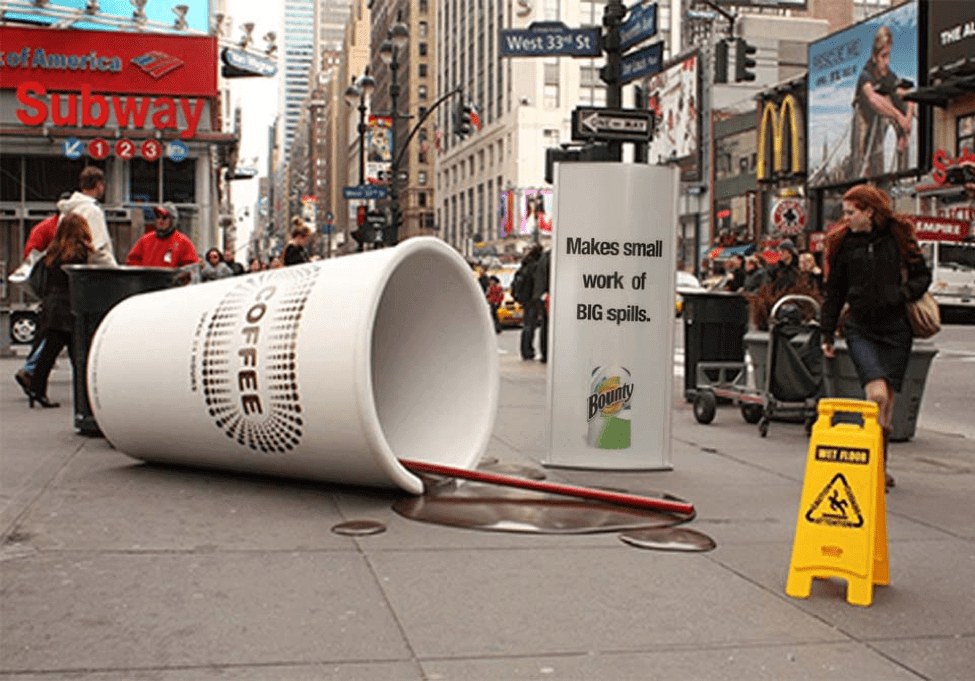
Iconic Guerrilla Marketing Campaigns Inspired by Levinson
1. The Blair Witch Project (1999)
Before the internet exploded, this indie film became a phenomenon using guerrilla tactics.
Result: $248 million in box office revenue on a $60,000 budget.
1. The Blair Witch Project (1999)
Before the internet exploded, this indie film became a phenomenon using guerrilla tactics.
Result: $248 million in box office revenue on a $60,000 budget.
2. IKEA's 'Street Furniture' (2006)
IKEA turned bus stops and urban spaces into cozy, branded living rooms.
By placing sofas, rugs, and lamps in everyday settings, they showcased their products in a fun, relatable way, drawing thousands of curious visitors to their stores.
IKEA turned bus stops and urban spaces into cozy, branded living rooms.
By placing sofas, rugs, and lamps in everyday settings, they showcased their products in a fun, relatable way, drawing thousands of curious visitors to their stores.
3. Coke’s ‘Happiness Machine’ (2010)
A Coke vending machine "magically" dispensed flowers, pizzas, and even balloons, surprising unsuspecting customers.
The campaign’s heartwarming reactions went viral, proving that small, unexpected acts can create massive goodwill.
A Coke vending machine "magically" dispensed flowers, pizzas, and even balloons, surprising unsuspecting customers.
The campaign’s heartwarming reactions went viral, proving that small, unexpected acts can create massive goodwill.
• • •
Missing some Tweet in this thread? You can try to
force a refresh

